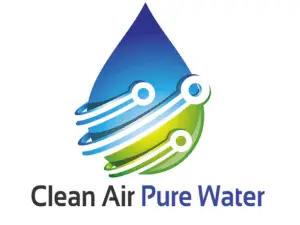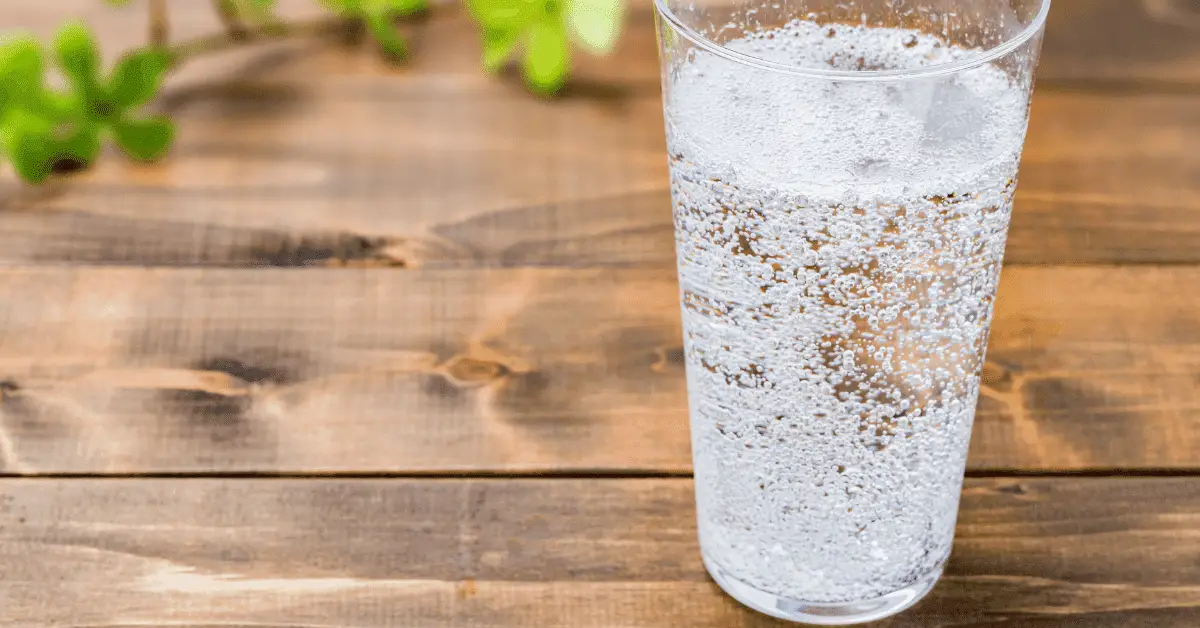Has there been a time when you were at a restaurant and the server asked if you would like still or sparkling water? The still water served is most likely unfiltered from the tap and may not be safe to drink, but what about the sparkling water? Is the sparkling water free of the harmful bacteria that appear in the unfiltered tap water?
Carbonating water does kill the bacteria living in water, making the water safe to drink without further treatment. The high levels of acidity achieved when adding pressurized carbon dioxide gas to still water are too high for bacteria to handle, and the bacteria die off during this part of the process.
In this article, I’ll explain how carbonation kills bacteria and why carbonated water is safe to drink. I’ll also discuss the importance of killing bacteria in drinking water and how to ensure the water you’re drinking is always free of bacteria and safe for consumption.
How Carbonation Kills Bacteria
Carbonated water is created through the process of pressurizing carbon dioxide gas and injecting it into still water. The effect creates bubbles in the water and gives it a fizzing quality.
Due to the acidity levels added during the process of carbonation, bacteria cannot survive in this environment. Because of this, carbonated water and other fizzy, water-based beverages, such as soda, are considered safe to drink.
Carbonation of water can even occur organically in nature, which is usually found near volcanic activity. This naturally occurring sparkling water can actually be purchased and drunk, such as the popular French brand Perrier, which is naturally carbonated.
Why Killing Bacteria in Water Is Important
From the first world to the third world, countries all over the globe have trouble with water treatment. Drinking untreated water can be harmful to your body and cause all sorts of problems. There are several different types of bacteria living in your untreated drinking water.
These bacteria types can include:
- E. Coli: Can cause diarrhea, cramps, and vomiting
- Salmonella: Can cause fever, diarrhea, and cramping
- Shigella: Can cause bloody stool, fever, and cramping
- Campylobacter: Can cause fever, headache, muscle aches, as well as diarrhea, vomiting, and cramps

If ingested, these bacteria can lead to painful and at times, severe illness. Untreated water may also carry virus strains such as:
- Norovirus: Can cause vomiting, cramps, diarrhea, fever, body aches
- Rotavirus: Can cause dry mouth, fatigue, thirst, laziness
- Hepatitis A: Can cause fatigue, muscle aches, fever, jaundice, nausea
If that’s not enough of a reason to stay away from untreated drinking water, there are also microscopic parasites that can live in water and harm humans when ingested, causing giardia infection, which can lead to diarrhea, vomiting, loss of appetite, and malnutrition.
Water can become contaminated when the fecal matter of humans and animals comes into contact with a drinking water source. Contaminated drinking water is common in farming areas, especially if livestock is kept near a body of water.
How To Ensure Safe Drinking Water
When you are in an environment where the safety of the drinking water available to you is questionable or may have low-quality water treatment methods or no treatment methods at all, there are a few techniques you can do on your own to make drinking water safe for consumption.
Only Drink Bottled Water With the Seal Intact
Sticking to only drinking bottled water can be most critical when traveling outside the country. You may have to specifically ask for bottled water instead of just ‘water’ at some establishments, and it may cost more, but it’s a small price to pay to avoid coming down with a gastrointestinal illness.
Always double-check that the top of the bottle is factory-sealed when you receive it and that it hasn’t just been refilled.
Boil (and Cool) Water Before Consuming
Boiling water is the easiest and most reliable way to kill bacteria found in your drinking water. All you have to do is set a kettle on the stove and bring your water to a boil for at least 60 seconds. If you’re at higher elevation levels, boil for three minutes. Let the water cool and keep it in a clean container. Once the water has cooled, it will be safe to drink.
Use Bleach
Believe it or not, you can use a small amount of regular, unscented bleach to help sterilize and kill the bacteria in your drinking water! Just make sure that you follow the directions carefully. The water will need to sit for a while after you add the correct amount of bleach based on the amount of water you have.
Use Iodine Tablets
Iodine tablets are readily available and easy to use. If you know you’re going to be traveling to a location with untreated drinking water, it’s not a bad idea to pick a box of these tablets. Be sure to follow the directions on the package when using them.
Filter Water Prior to Treatment
You can take the extra step and filter your water before doing any of the above treatment methods for additional cleanliness. This is especially beneficial if there are sediments in the water.
Helpful items to use for filtering can be coffee filters, paper towels, or, if you have them, cheesecloth or clean thin cloth. These items can help remove some of the more harmful components that occur in contaminated drinking water.
Final Thoughts
If you are still wary about the safety of your drinking water and you have a choice between still or sparkling water, it might be best to go with carbonated sparkling water. When traveling, it’s often a good idea to even brush your teeth with sparkling water rather than using untreated water.
The bacteria found in contaminated drinking water can be harmful to your body, and this is also the reason why treatment and filtration are so necessary. By carbonating water, you are able to kill these harmful bacteria, making sparkling and other fizzy beverages always safe to drink.
Sources
- Wikipedia: Carbonated water
- Gerolsteiner: Natural carbonation – Water lexicon | Gerolsteiner Mineral Water
- CDC.gov: A Guide to Drinking Water Treatment and Sanitation for Backcountry and Travel Use | Camping, Hiking, Travel | Drinking Water | Healthy Water
- CDC.gov: Making Water Safe in an Emergency | Water, Sanitation, & Hygiene-related Emergencies & and Outbreaks | Healthy Water
- Food Republic: 8 Things You Probably Didn’t Know About Seltzer

